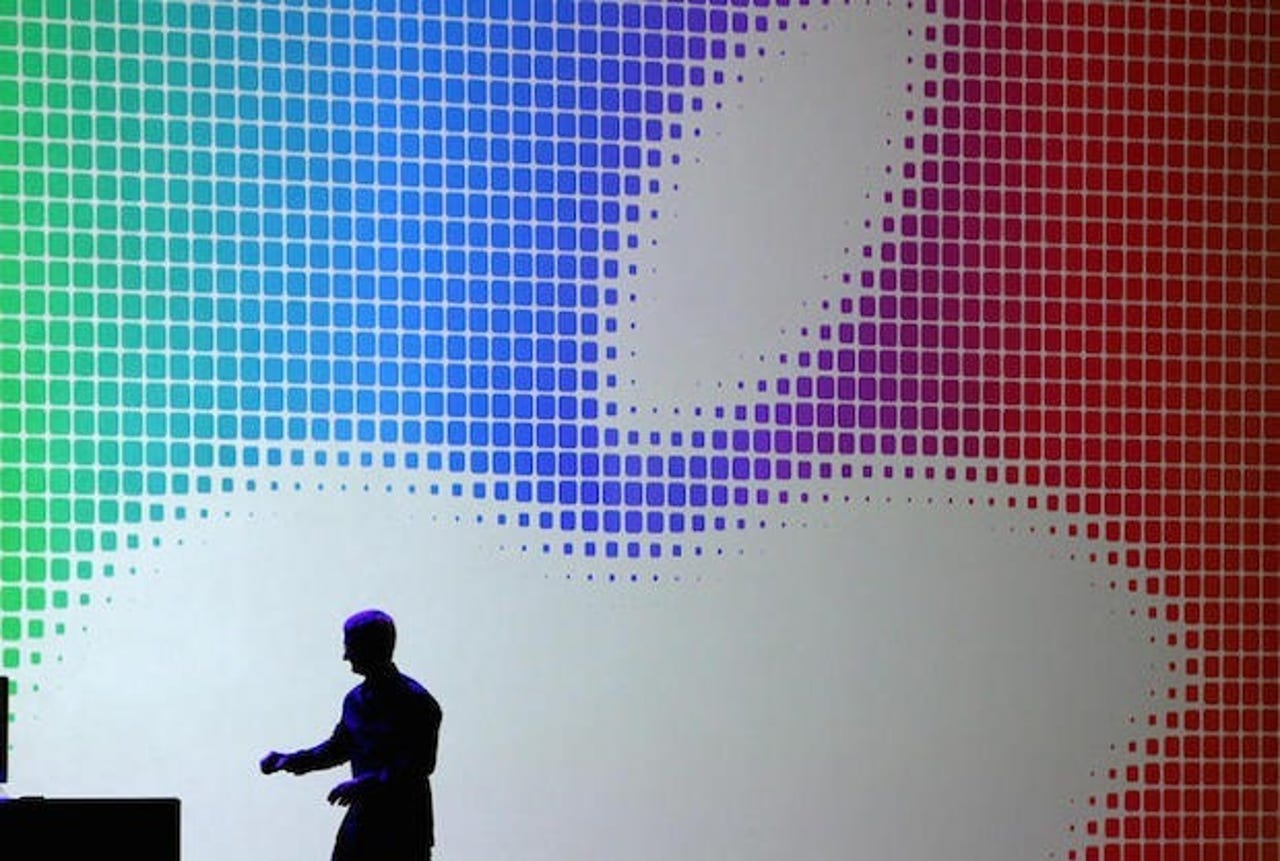Tim Cook tells us what an iWatch needs to succeed


If all the rumors, gossip and conjecture are accurate, then Apple will unveil a wearable - currently dubbed iWatch - at its September 9 event. Problem is, we know almost nothing about the Cupertino juggernaut's wearable plan.
More Apple Coverage
About the strongest hint that Apple does have a wearable to unveil next week is the fact that it has taken the unparalleled step of inviting top fashion editors to its event. Apple is not the only company to forge ties with the fashion world - companies such as Google, LG and even Intel have been doing the same lately - but it indicates a new direction, and a new direction is a strong hint for a new product.
Since Apple is notoriously close-lipped about new products, the best clue we can have as to what is in the pipeline comes from things already on record. And back in 2013, CEO Tim Cook did talk about wearables with AllThingsD.
"I think it could be a profound area," said Cook.
"There are lots of gadgets in this space right now, but there's nothing great out there," Cook went on, speaking of the wearables landscape of May 2013. Google Glass was out, as were smartwatches such as the Pebble, along with a raft of fitness devices such as the Jawbone UP.
"There's nothing that's going to convince a kid who has never worn glasses, or a band, or a watch, or whatever, to wear one, or at least I haven't seen it. I think there's lots of things to solve in this space, but it's an area that's ripe for exploration."
In talking about glasses, Cook says that people want them to be "light," "unobtrusive," and "probably want them to reflect their fashion, their style and so forth."
"I think from a mainstream point of view, this is difficult."
But when asked about the wrist, Cook is more positive.
"I think the wrist is interesting."
But even here he has caveats.
"For something to work here," said Cook, gesturing at his wrist, "you first have to convince people it's so incredible that they want to wear it. If we had a room full of 10- to 20-year-olds, and we said 'Everyone stand up that has a watch on,' I'm not sure anyone would stand up."
AR + VR
"Their watch is this," he said, drawing an iPhone out of his pocket.
I maintain that the toughest part of selling a wearable is convincing people they need it. The second toughest bit will be making it so compelling that the battery never goes flat, because a device with a dead battery is far, far more likely to be left forgotten on a shelf or drawer somewhere.
Getting people to keep their smartphone charged up is easy, because they already feel that need. People could be trying to get in touch with them with good or bad news. Tablets are a tougher sell unless they are used for work. A dead tablet or ebook reader might be annoying, but it's not the end of the world, especially given that a smartphone can double as a tablet in a pinch.
Wearables are a different matter. They have to be "must have" or they are easily cast aside and neglected. The iWatch has to go from "wow, this is new" to "I have to wear this all the time" in as short a time as possible. Not only does any lag here give competitors a chance to sneak in, but traction at the early stages is important if the device is to be a success.